by Wallace Wyss –
Photographs by Richard Bartholomew –
This is a concours that is in a great setting and for the most part has the potential of being a sort of Pebble Beach South.
They do for instance, have some classic prewar cars like Packards and Duesenbergs, Rolls Royces and the like.
And every year they managed to surprise you with a car that is seldom seen, this year for instance, a couple of French cars both postwar, but unusual.
The setting is Lacey Park in a very fancy neighborhood of pricey homes East of Pasadena. The park is so spacious that there was room to accommodate more than fifty Ferraris from the Ferrari Club of America SW chapter in the center of the concours and still have plenty of room left over.
Those Ferraris came over as a result of the ending of the event known as Ferraris on Colorado, which was a tradition, Colorado Street being the main thoroughfare of nearby Pasadena. I think accommodating the Ferraris was a lucky stroke for the Ferrari club, because it elevates Ferraris, even fairly new ones, to “classic car status” or at least “concours eligible” status. And those used to seeing old cars get to see some of the very latest.
In fact, David Lee, a local resident, had no less than five Ferraris entered including rare models like 288GTO, F40 and F50. He’s famous (or infamous) in Ferrari circles for putting a 3.6 V8 into a 1973 Dino.
One car I would quibble about being included in the Ferraris was a ’59 Testa Rossa shown in raw metal, but when you looked at the program it said it was a “tribute” car so I am glad it was so labeled, so you know that this car didn’t exist in ’59. But it’s as close as many of us are going to get to a raw metal prototype race car from Modena with a real Ferrari V12 drivetrain and hand hammered body.
The Show had many classes, including a Preservation Car class which I think was not restored cars but those cars still in mint original condition, including such cars as a ’59 Mercedes 220S and a Plymouth Superbird.
I would question allowing a Zimmer in the mix there because that is a neo-classic. Maybe I would have a separate replica or neo-classic group. Early on I saw a 427 Cobra park in that group and was horrified at the custom striping but it disappeared before the show formally started so I think they realized it was a replica.
In American Open cars the 1930 Cadillac was interesting with a V16. The car that most impressed me just because I feel that American coachworks are ignored in favor of oh-so-European was a 1940 Mercury customized by a Hollywood coachbuilder that learned his trade from Howard “Dutch” Darrin, an American that had operated a coachbuilding firm in Paris between the wars. The car had a very nicely fitted removable roof section that could be taken out to create a Sedanca de Ville.
The side styling–with fenders that continued the lines into the doors–might have inspired Rolls Royce, it’s the same as ‘50s Wraiths. Only the grille is a disappointment. That looked so low cost compared to the elegance of the rest of the car. The owner told me that he once sponsored the appearance of more than 20 Darrin- designed cars at a concours—making me wistful I should have talked to Darrin at a concours I went to in ’65 but back then, I didn’t know about the Paris coachworks.
There was no less than three Porsche classes, one for 356 cars (“turtle” cars) and one for 911 models through ’73 and another for ’74-89 911 models.
I was surprised to see such a strong Citroen presence. The class was called Citroen 100 Year Anniversary. And among the interesting ones was one with a coachbuilt body by Chapron, a DS19. It looked like it had a removable hardtop but the top didn’t come off. I didn’t realize that a few Citroens were coachbuilt, whereas in American postwar cars, only a handful were bodied in Europe by carrozzerias/carrosseries.
Some cars were entered with a sense of humor. In the class called “American PostWar Orphan Marques” there was a 1951 International Metro that was once a Snap On Tool van.
In the Mercedes classes you saw a 1950 Mercedes Benz station wagon that looked like a ‘50s Dodge wagon from the windscreen back. “Mercedes didn’t make no such animal out of 300C models, right?” Right. Turns out, though, that the wealthy lady who bought it new as a sedan wanted a wagon Mercedes didn’t make it but an outside coachbuilder did. Too bad Mercedes didn’t leap on the Estate wagon trend back then, they could have “owned” it by now.
A pleasant surprise at the show was at least five Ghia prototypes brought down from Arroyo Grande by Scott Grundfor, a well known Mercedes 300SL restorer. After buying one at a Ford auction of prototypes, he couldn’t resist getting more. He says all are driveable but not made for driving, just for showing. Ghia was once owned by Ford, and made many a “dream car” before Ford shuttered it.
Since San Marino is, in effect, a suburb of Pasadena it was a natural to have a class of Tournament of Roses parade cars including a ’23 Rolls Silver Ghost, and a Lincoln Dual Cowl Phaeton.
Now the presence of a VW class through ’74 puzzled me. Since when were lowly economy cars like Beetles considered concours? But I guess the founding fathers of this concours feel “old is in” and the oldest one was going back to a’67. It is interesting to see air cooled VWs because they are disappearing fast. It also included Karmann Ghias and vans.
In the end in the program I couldn’t find that Peugeot sports car in the program so can’t tell you more what it was but am glad they showed it because it demonstrated that we Americans were sold on the idea that early postwar sports cars came from England (Jaguars, Healeys, MGs) Germany (Porsche, Mercedes, BMW) or Italy (Alfa, Fiat, Ferrari, Maserati, Lancia) but not told about sports cars from France.
I have a feeling future concours will have more of them now that French car fans who restored a French car are being rewarded by the enthusiasm shown for their cars.
In sum, this is a high quality show, with a lot of experimental “reach-out” to the edges of the collector car world to include more cars in the tent. I just hope the “replicas” are kept in a separate area and labeled as such.
The web site for the San Marino Motor Classic is here.
More photos are in the slide show below.
Let us know what you think in the Comments.
Wallace Wyss
THE AUTHOR: Wallace Wyss, an author and fine artist, specializes in portraits of postwar sports cars. He is inviting galleries to contact him, re consignment pieces. He can be reached at mendoart7@gmail.com
THE PHOTOGRAPHER: Richard Bartholomew is an artist and photographer based in Southern California. He is open to interesting consignments and can be reached at zeroagenow@aol.com
Donate to My Car Quest – Click Here
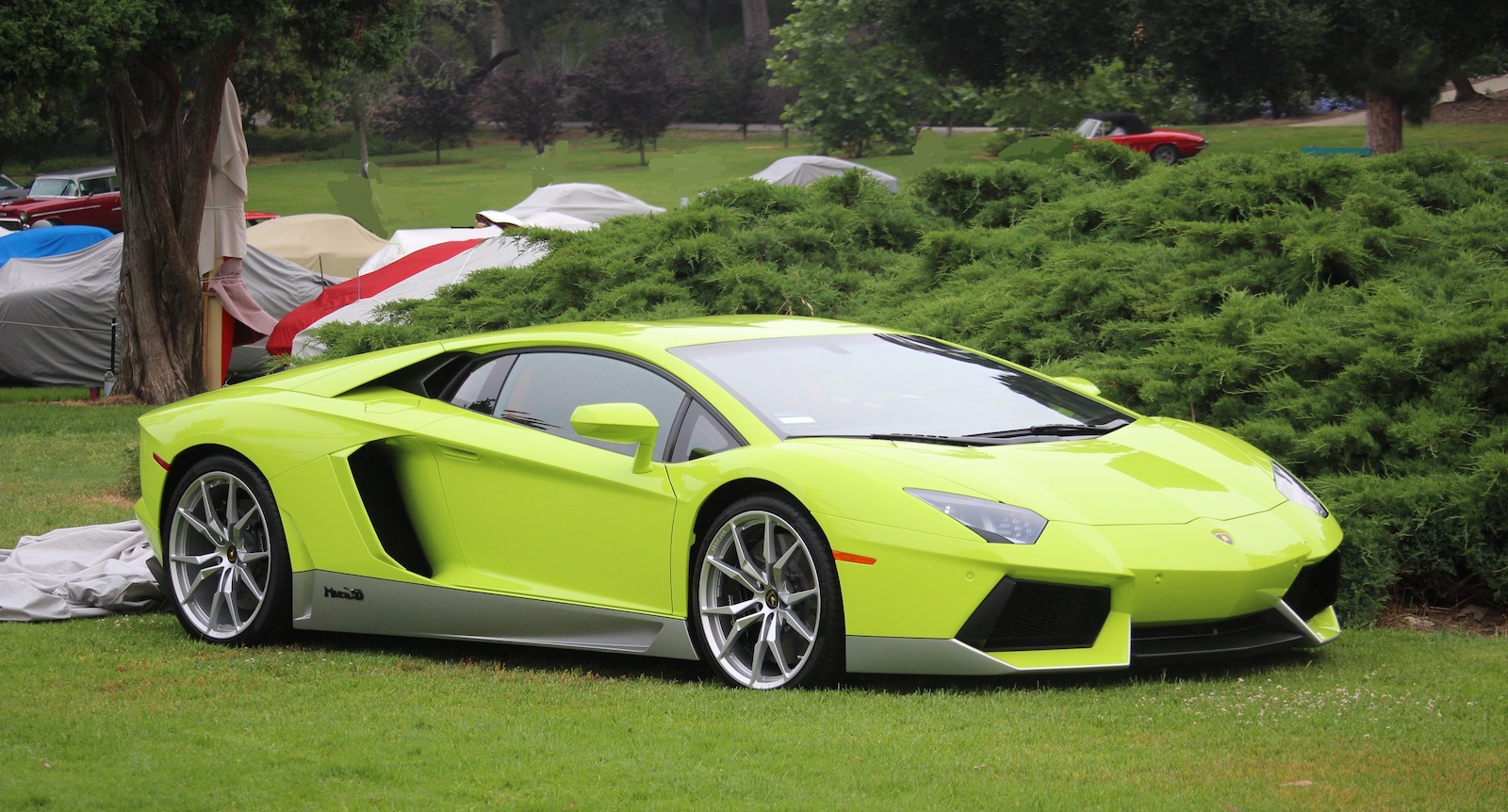

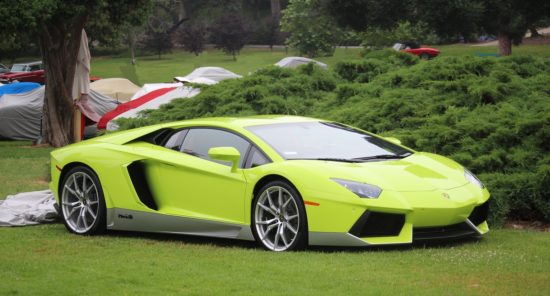
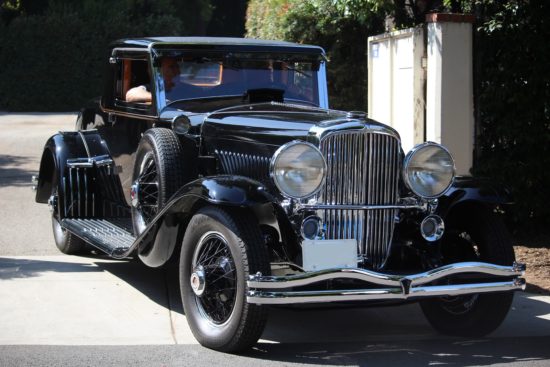
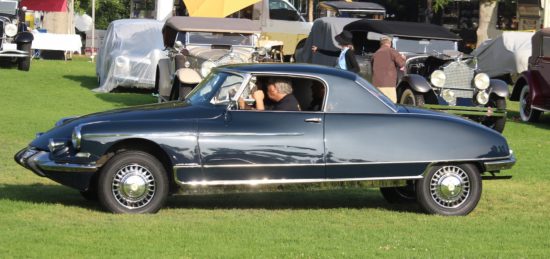
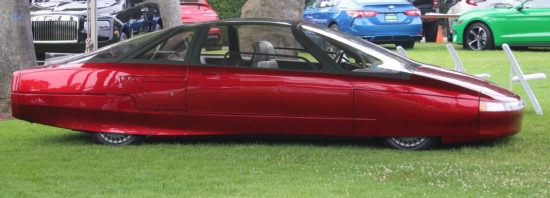
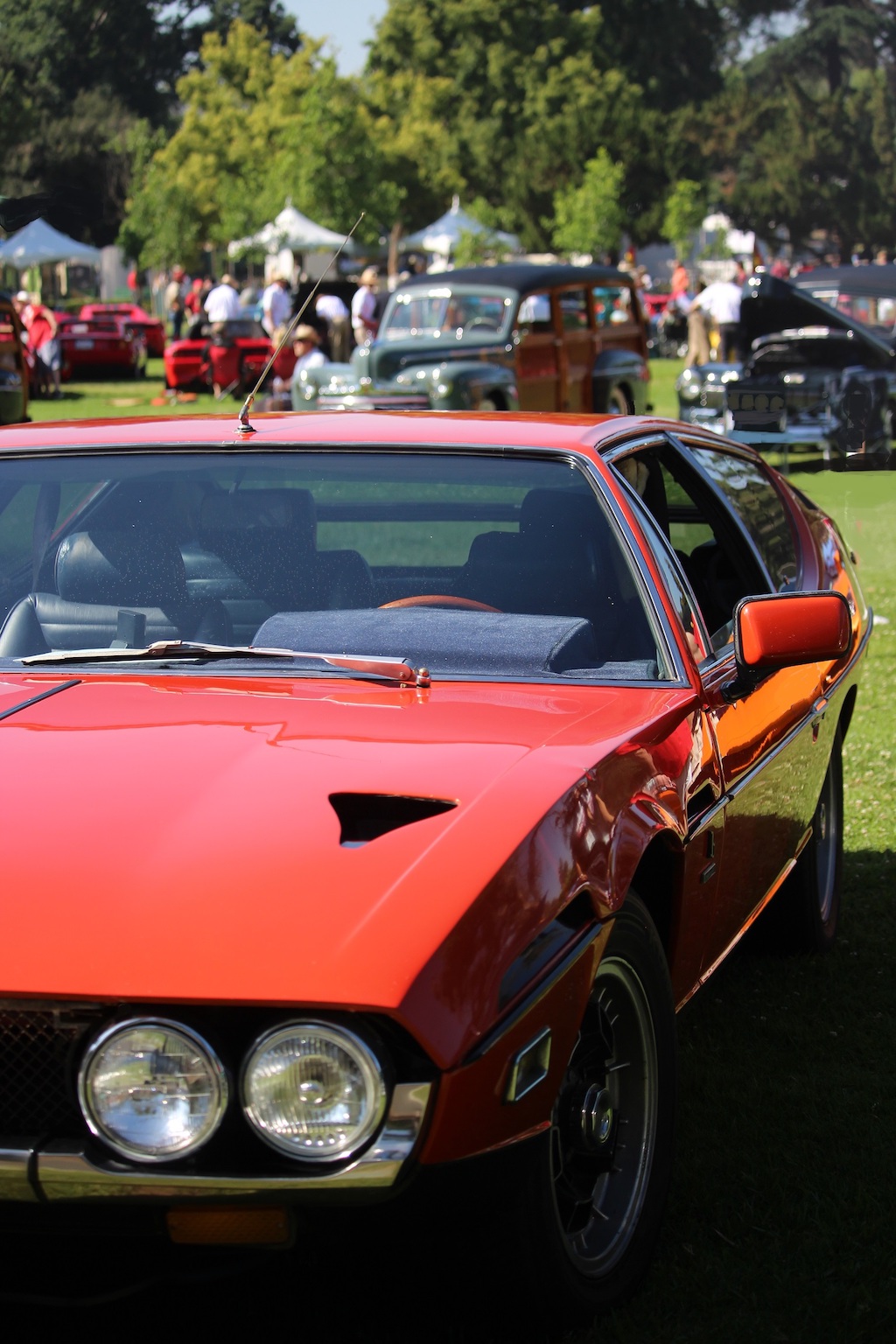
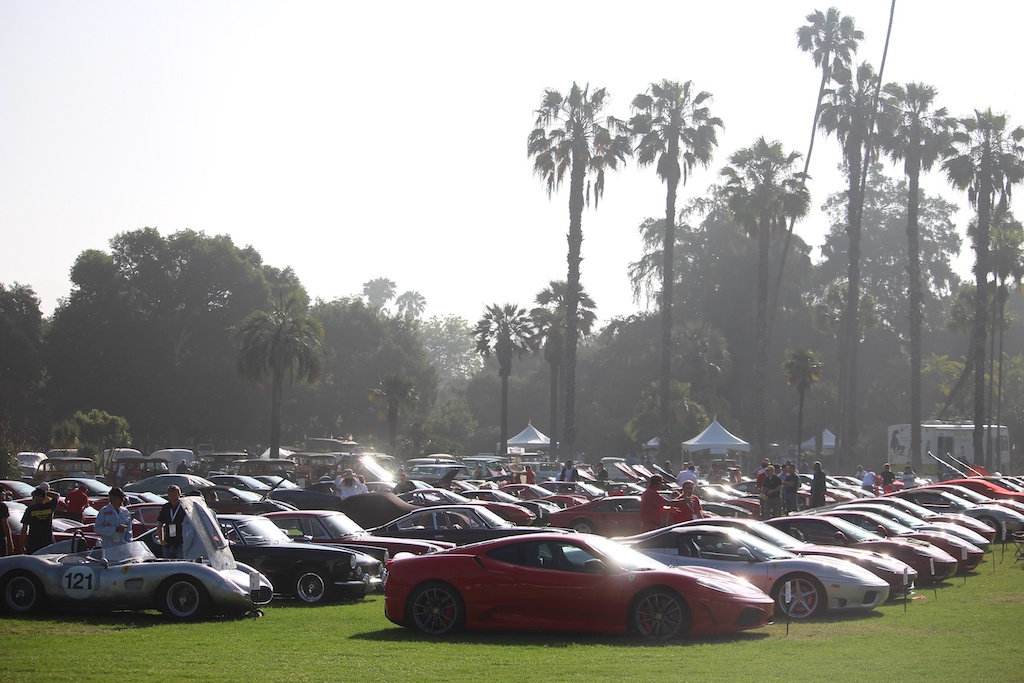
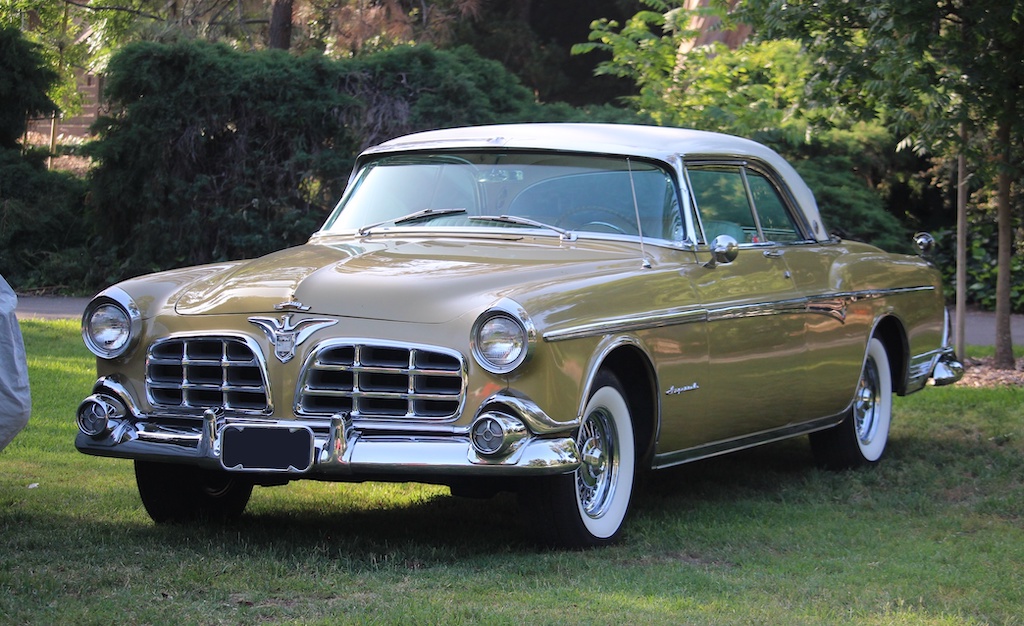
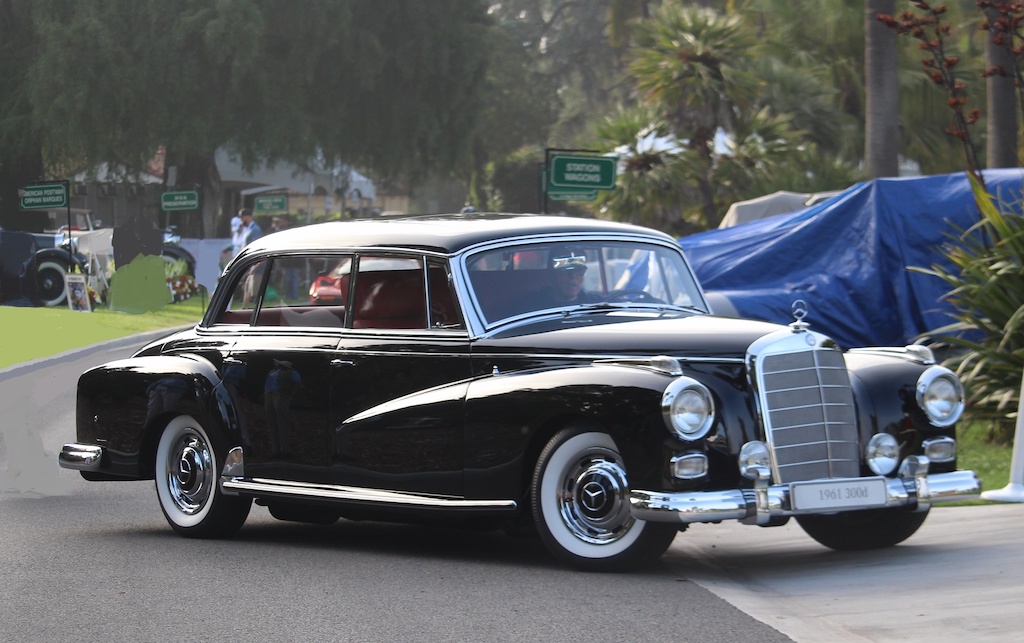

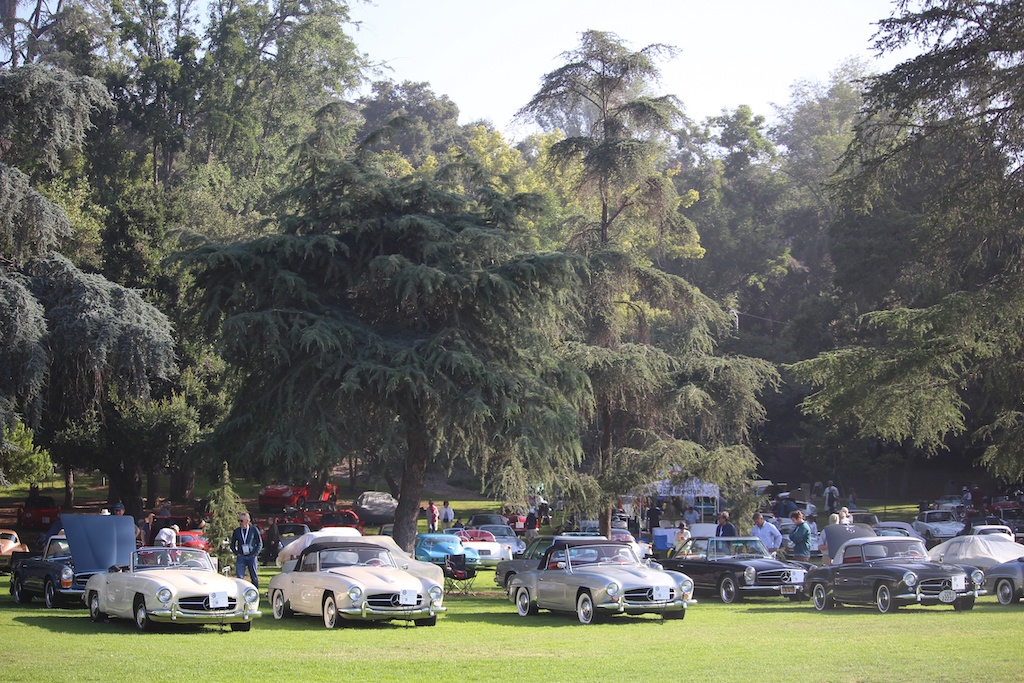
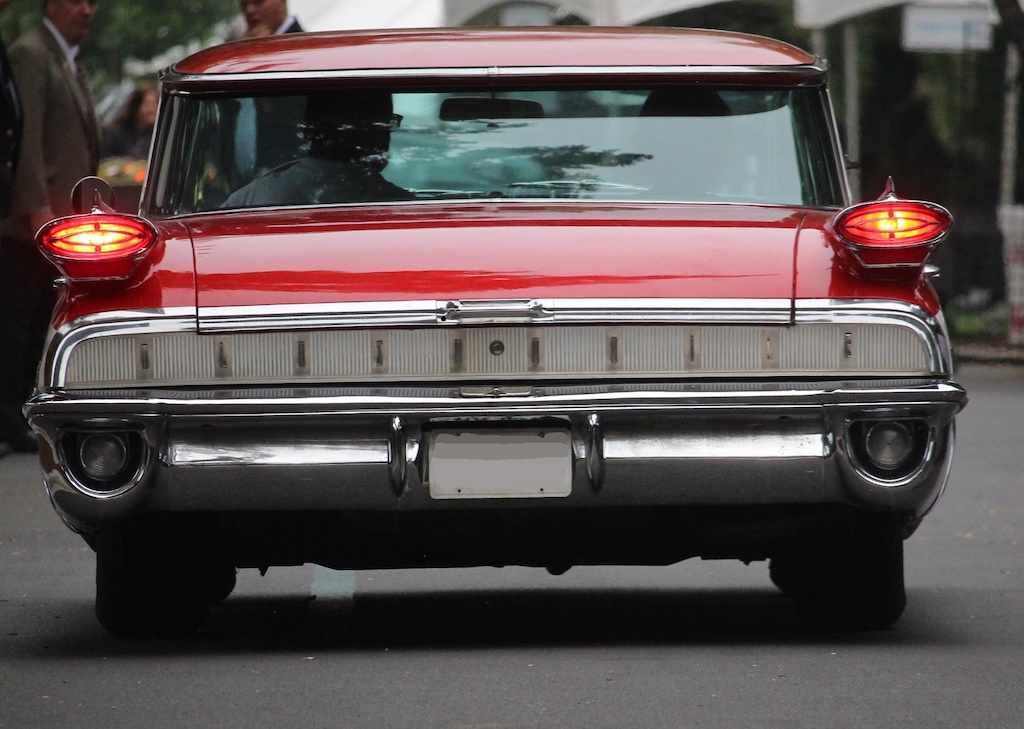
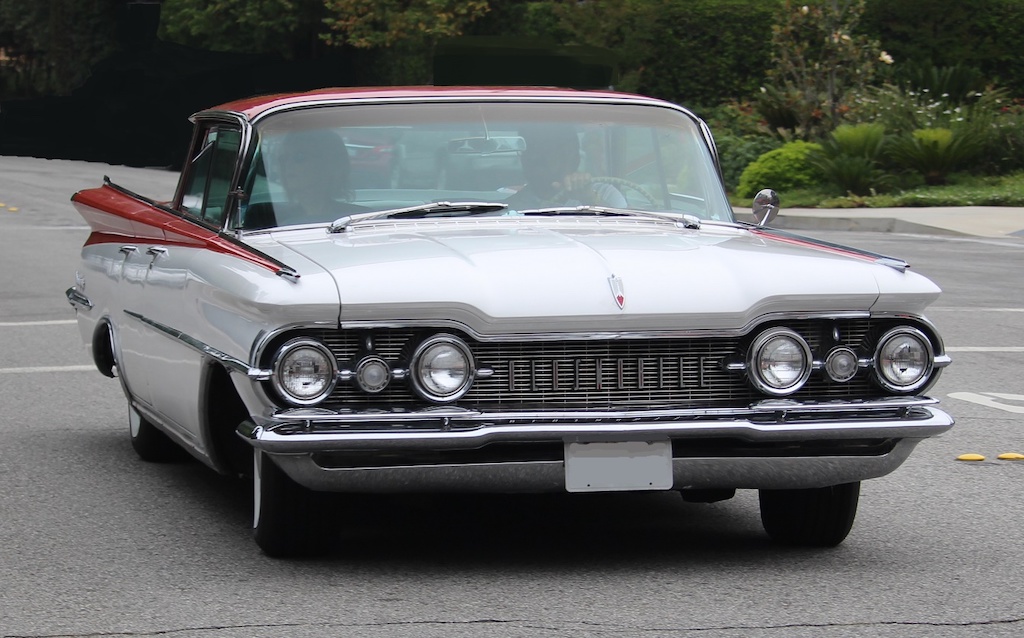
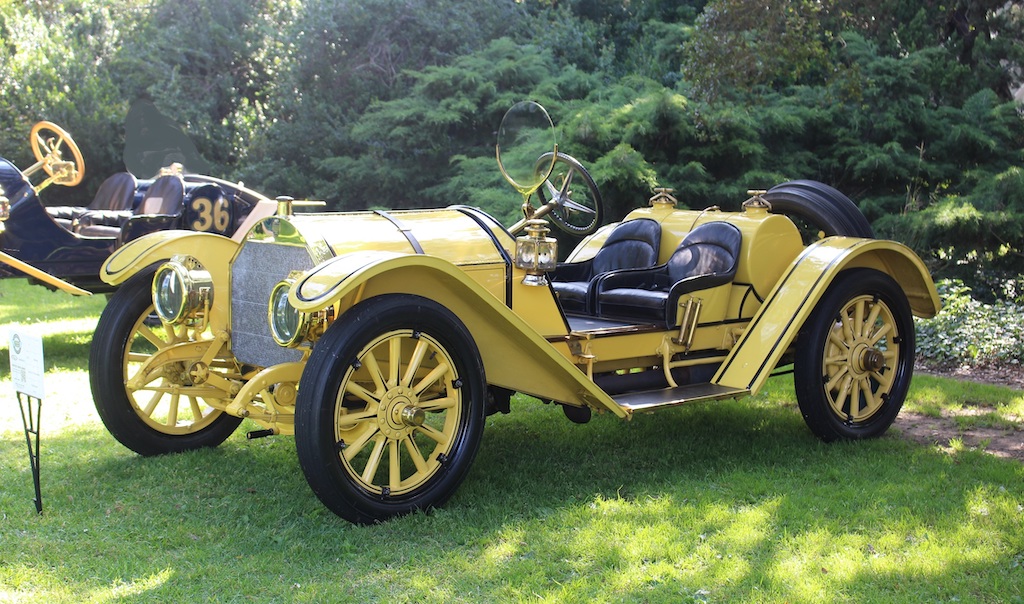
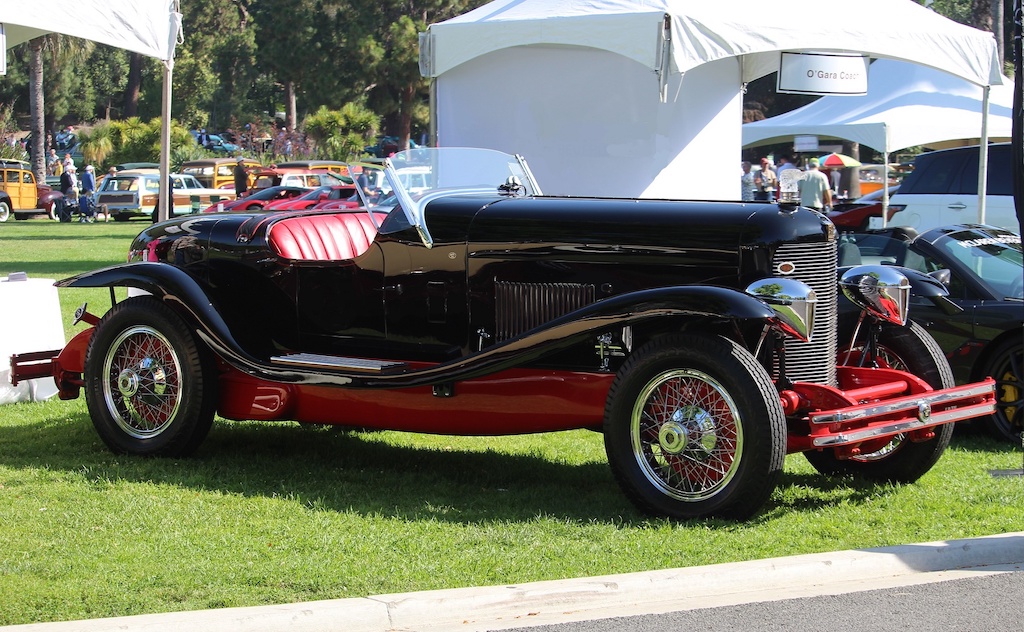

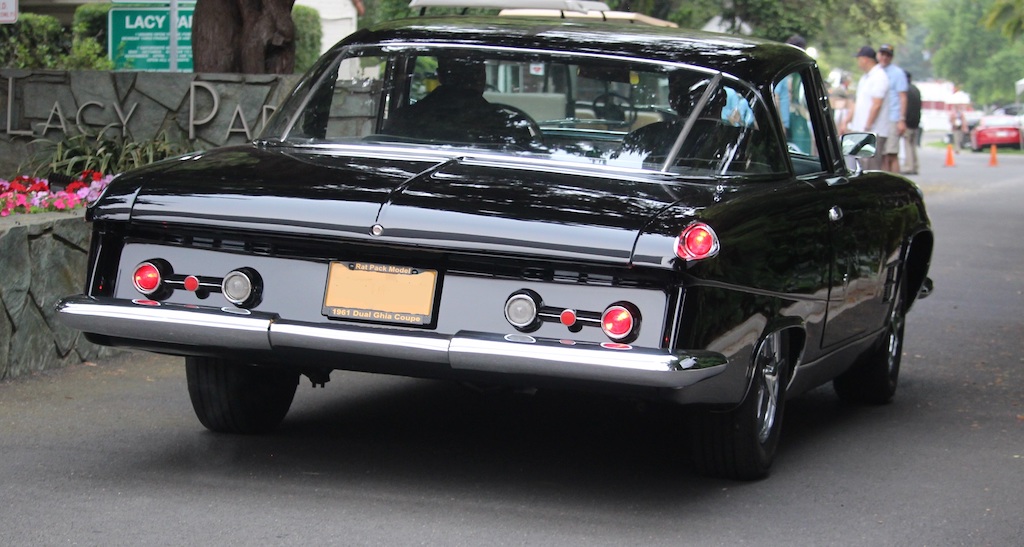
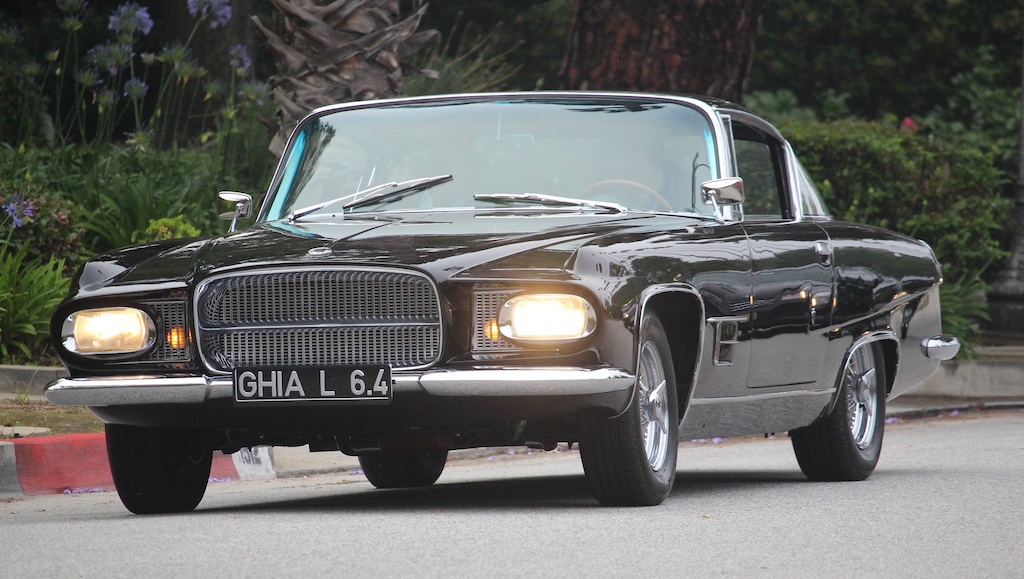
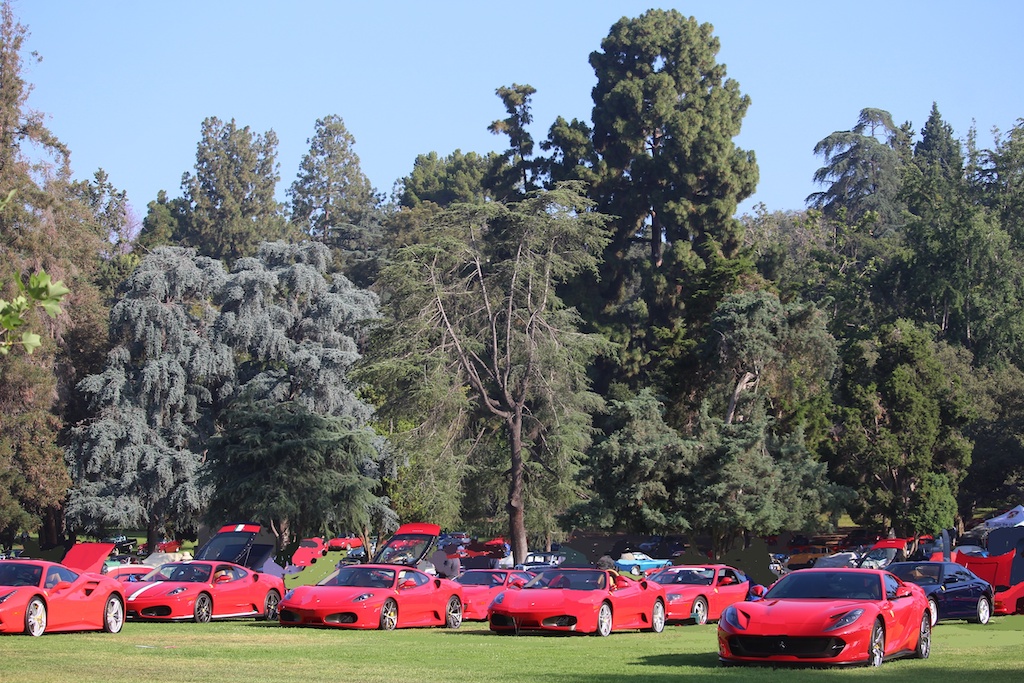

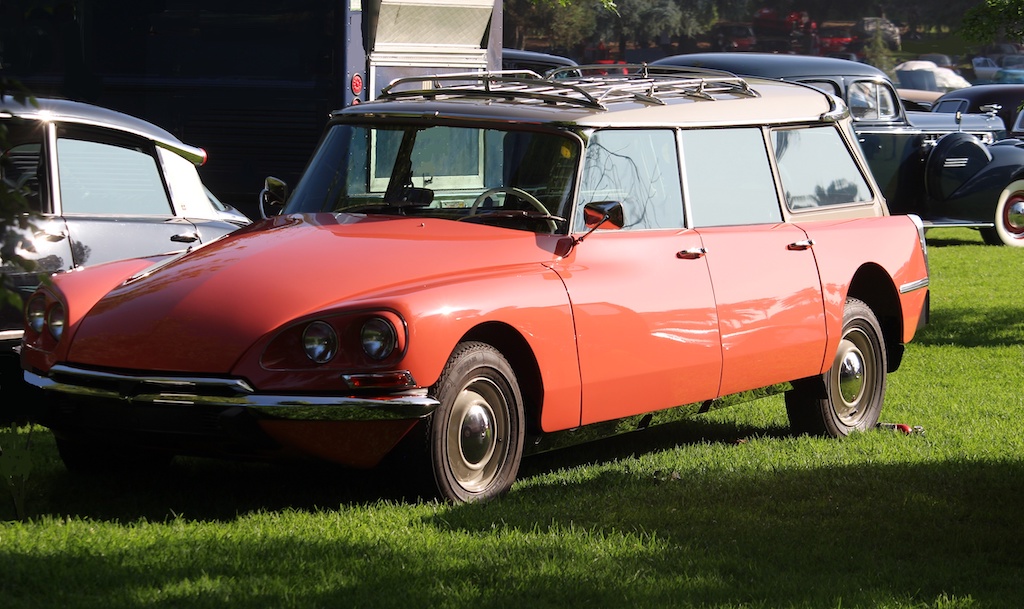
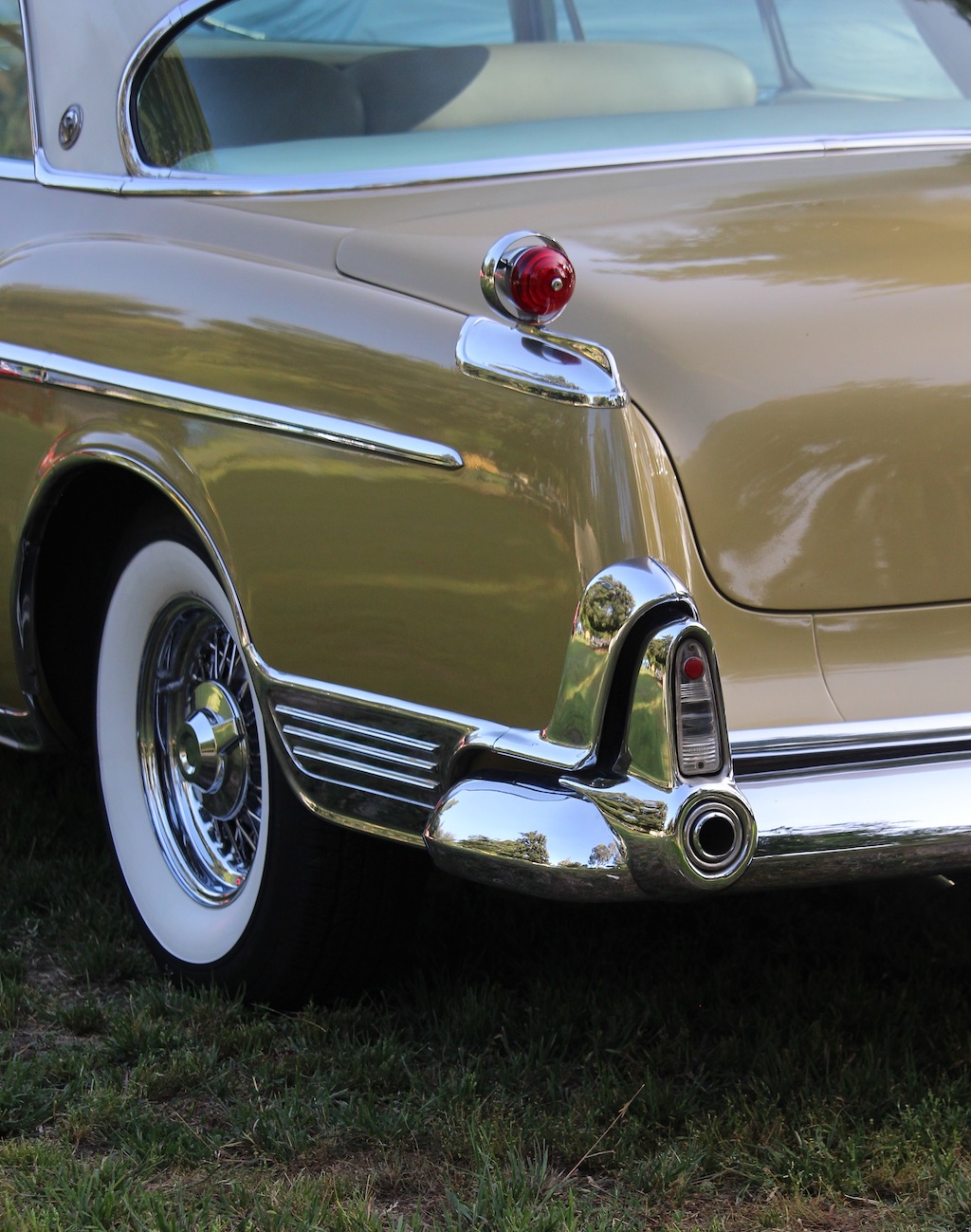
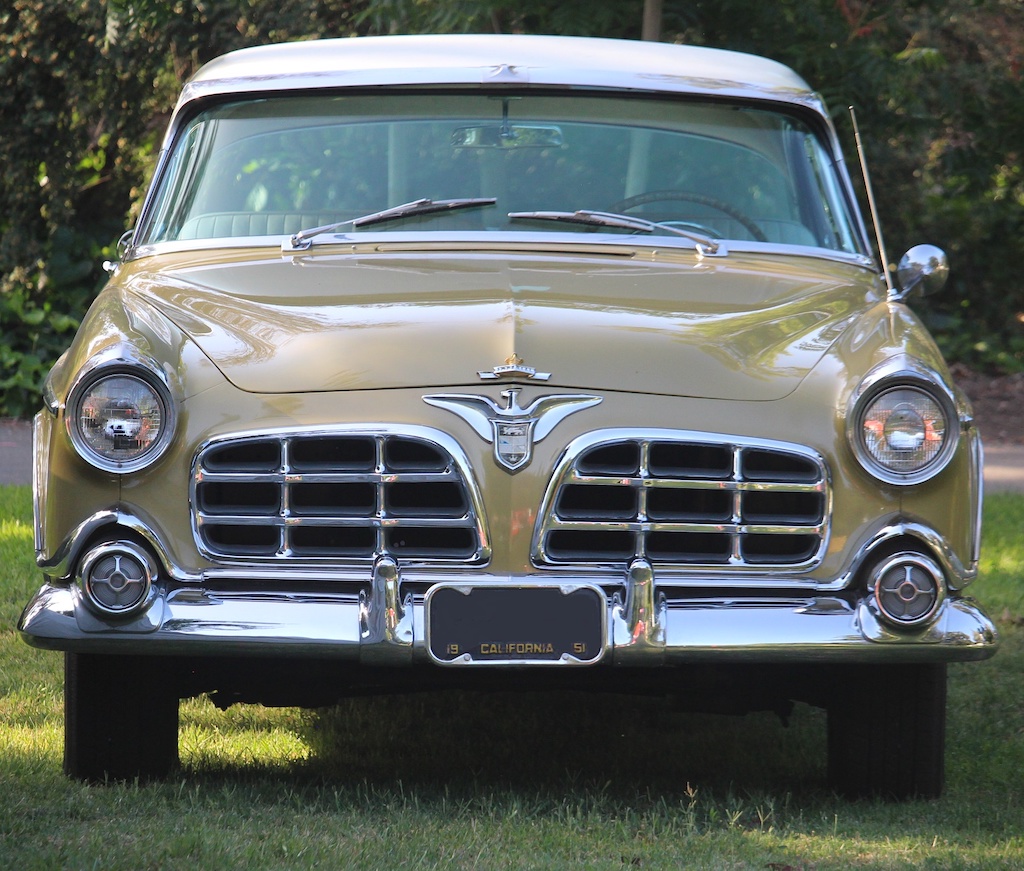

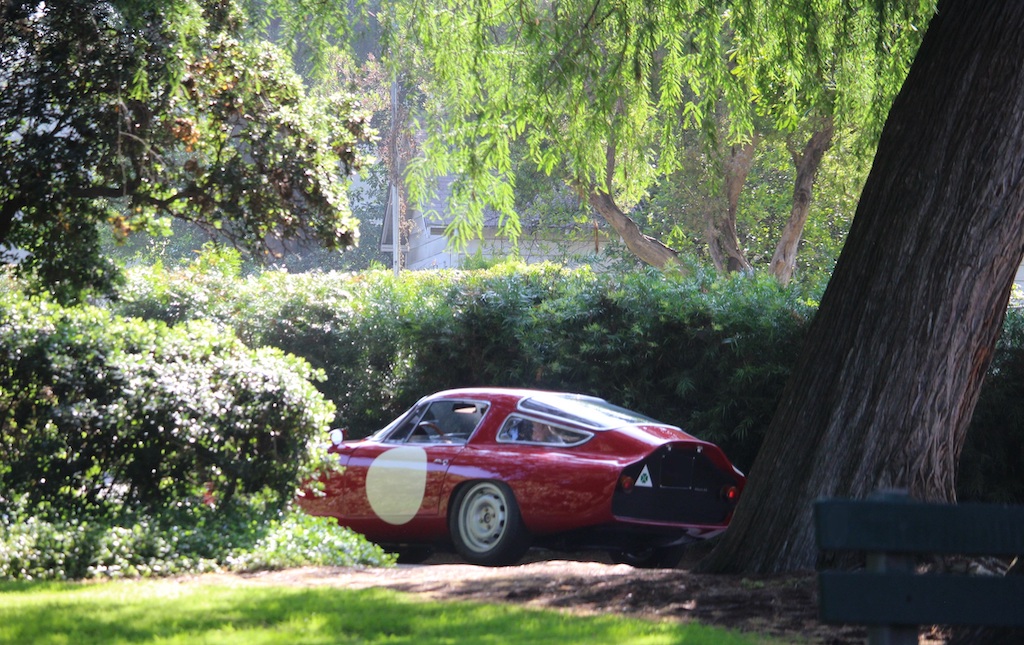
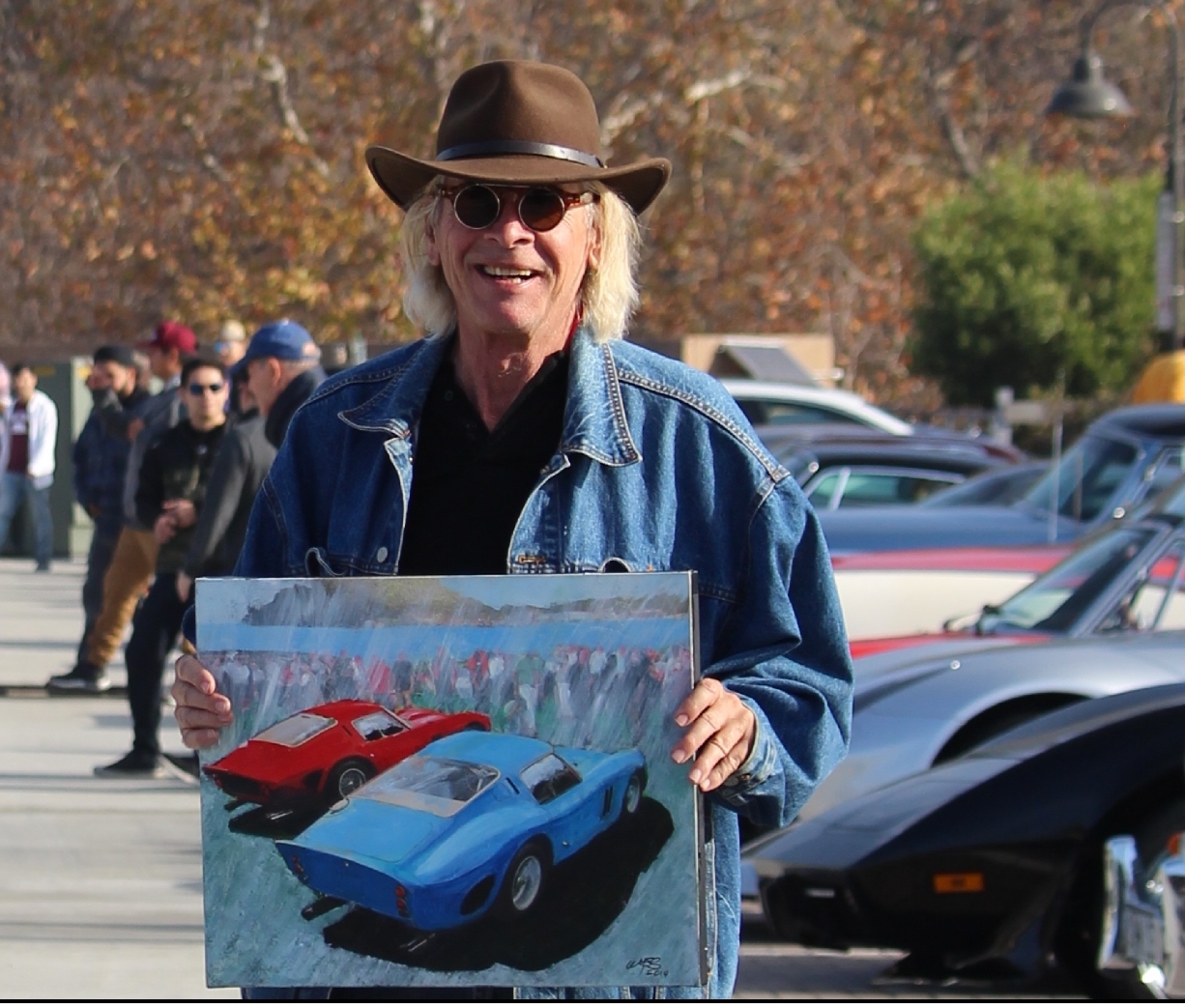
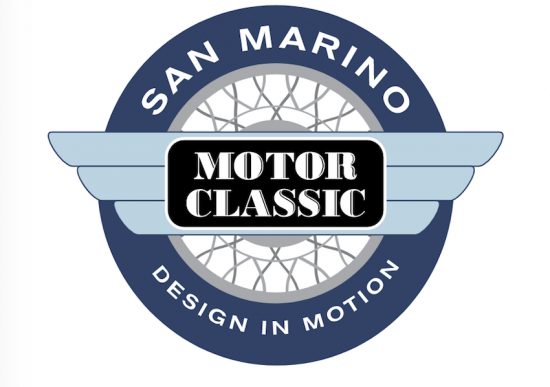
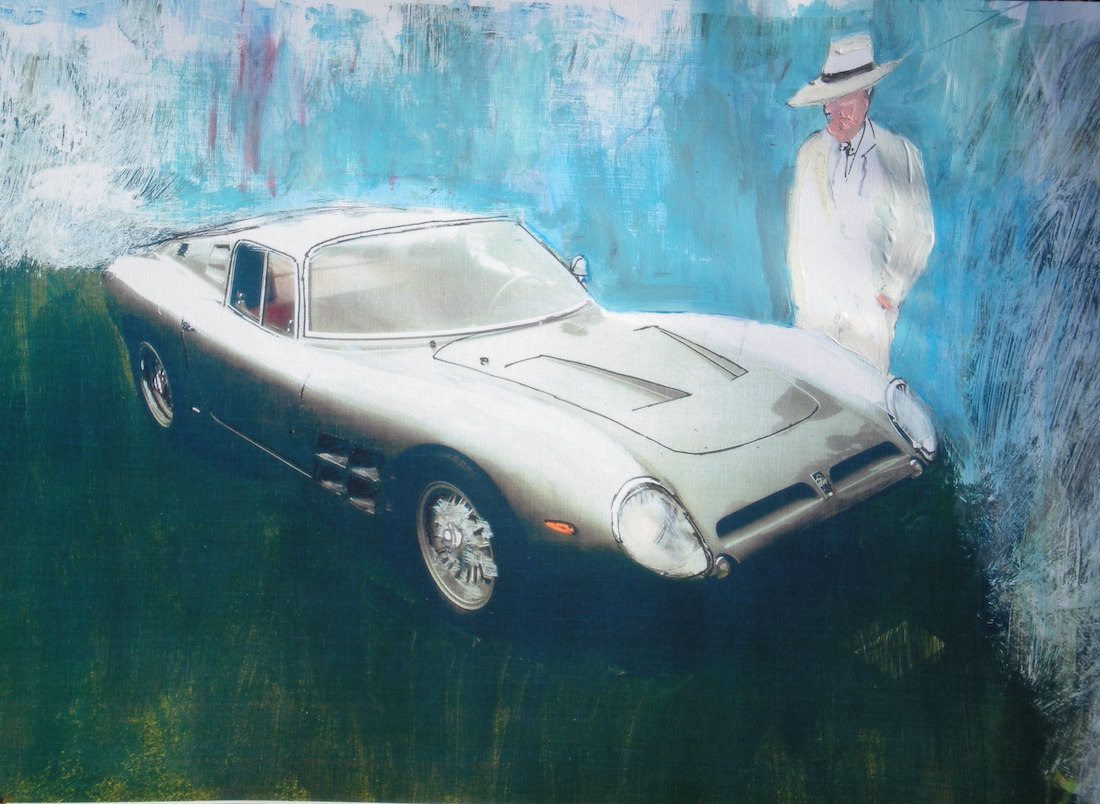

Really nice artsy image of the two ’53-’54 Corvettes.
Thanks for sharing the event and your comments.